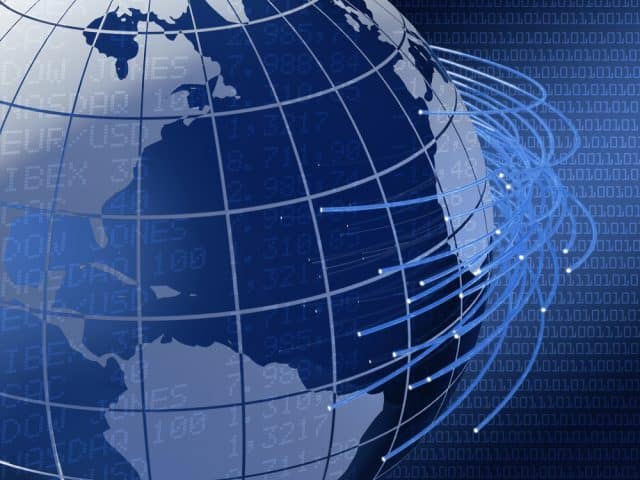Embrace geospatial data to better visualize your business

Geospatial data re-contextualizes our entire world. Whether you’re following your maps app to a new place or tracking a parcel, geospatial data helps us to see not just the location of something but its status, travel and any related events -- often in real-time.
A simple detour made by your Uber driver gets you to your destination that much quicker, but it’s the geospatial analytics behind the scenes that work to divert you from a path of building work and tedious traffic. Similarly, geospatial data provides many design and engineering capabilities for imaging and planning functions for construction firms or else can provide census data so the fast-food chain looking to expand can find the perfect site for customer footfall.
We rely on this kind of data in our everyday lives, and it is vital that businesses embrace it. The potential impact of geospatial data is great, although it is too often misunderstood and underutilized.
A greater potential for geospatial data
We can define geospatial data as information with three main elements. The first is an object, event or phenomena, the second is a location and the third is temporal information or a time. For businesses, this can provide invaluable insight into their weak areas, shedding light on problems in surprising ways.
The benefits of seeing data mapped out geographically may seem apparent, but many people don’t realize the full potential. The common perception of geospatial data is that it is simply a pretty feature, for presentations or curiosity’s sake, but the temporal aspect is easily overlooked when the data is presented as a static map.
Changes over time in the data can show how different regions compare with each other or how they can affect each other. Geospatial data is increasingly used for forecasting. Anomalies can be used to predict incoming events or changes to the environment that could affect your enterprise, and trends in your data can back this up.
This provides value across many industries. It can be used to better project risk and determine appropriate premiums for different geographic areas in insurance, or for lenders to assess credit risk scores for agricultural lending. It can even be used to help electricity providers get ahead of potential faults and failures in the grid.
Since Covid-19, mapping has become widespread with population data, video, social media, maps and weather being utilized to show live data. It is through geospatial analysis that we are now able to see complex relationships between data in an easily understandable, visual way.
Avoiding poor visualizations
Unfortunately, data can be misrepresented or poorly shown in visualizations, making it confusing for the user and defeating the entire point of geospatial data. Visualization is key to getting the most from your data and maps should be as clear as possible.
For example, color theory plays an important part in making spatial analysis and data visualizations digestible. Users of the maps should fully understand what to look for in changing colors, locations and other features within visualizations so that decision-makers can act on observations more effectively.
Reaping the business benefits
Businesses can get significant value from geospatial data through anticipating and preparing for possibilities arising from changing spatial conditions or location-based events. For example, a UK-based company might monitor regional performance by splitting maps into their own defined areas and comparing performance. This makes it possible to make better decisions by figuring out which regional areas need additional support.
In practice, the application of good geospatial data analytics can work wonders for national retailers. It gives you the ability to spot and act on trends to make widescale improvements at specific sites. Anomaly detection for deliveries become easier to spot, allowing further investigation into why they were made incorrectly and thereby better decision making around poor performance or training requirements. Geospatial data enables retail businesses to understand the relationship between stores, products and preferences across metrics that can impact sales performance and overall performance.
Geospatial analytics have the potential to bring indispensable context to everything. By revealing patterns, effective visualizations from geospatial data can give businesses valuable and novel insights into their business that will empower them to make real improvements to their operations and better serve their customers.
Image credit: arquiplay77/depositphotos.com

Toby Hawkins is Sales Director at software solutions provider mpro5.